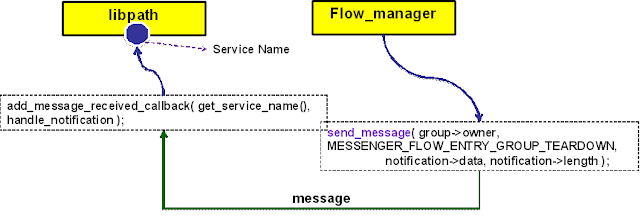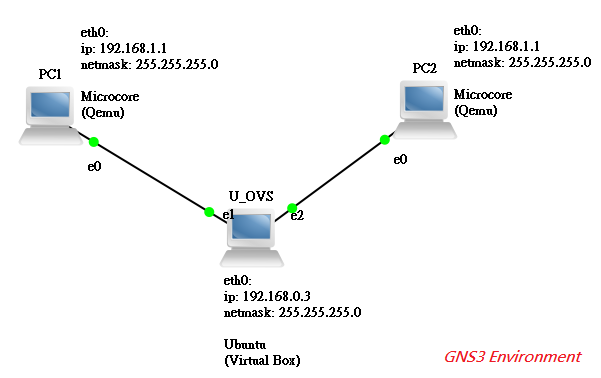- The ownership of all child QObjects is transferred to the parent.
- Automatic deletion by the parent
- Allocated from the heap (using new)
- manual deletion is not necessary but it won't cause any problems.
- All QObjects without a parent must be deleted manually.
- Pay attention to ownership and responsibilities. Qt does not provide a garbage collection.
QObject *parent = new QObject;
QWidget *child1 = new QWidget(parent);
QPushButton *child2 = new QPushButton(parent);
delete parent; // child1 and child2 will be deleted automatically!
Implicit sharing (IS)
The following example is about how implicit sharing works when test() returns QList object (on stack). This memory address of "a" is shared to "result" and "a" is not destroyed when method:test() is out of scope.
#include "mainwindow.h" #include "ui_mainwindow.h" #include <QList> #include <QtGui> QList<QString> MainWindow::test() { QList<QString> a; // on stack QList<QString> b = QList<QString>(); // on stack QList<QString> *c = new QList<QString>(); // on heap for (int i = 0; i < 10; i++) { /* if we append a reference of QString, it will consume the memory of the QList Object based on the size of string */ a.append("a_helo:"); a.append(QString::number(i)); b.append("b_helo:"); b.append(QString::number(i)); c->append("c_helo:"); c->append(QString::number(i)); } qDebug() << a << " addres:" << &a; qDebug() << b << " addres:" << &b; qDebug() << *c << " addres:" << c; //delete &b; // we cannot manually free the memory of b or c on stack delete c; // OK return a; // Implicit Sharing } MainWindow::MainWindow(QWidget *parent) : QMainWindow(parent), ui(new Ui::MainWindow) { ui->setupUi(this); /* The memory address of result is same with a object in test() because of implicit sharing */ QList<QString> result = test(); QList<QString> result2; qDebug() << result << " addres:" << &result; qDebug() << result2 << " addres:" << &result2; } MainWindow::~MainWindow() { delete ui; }



